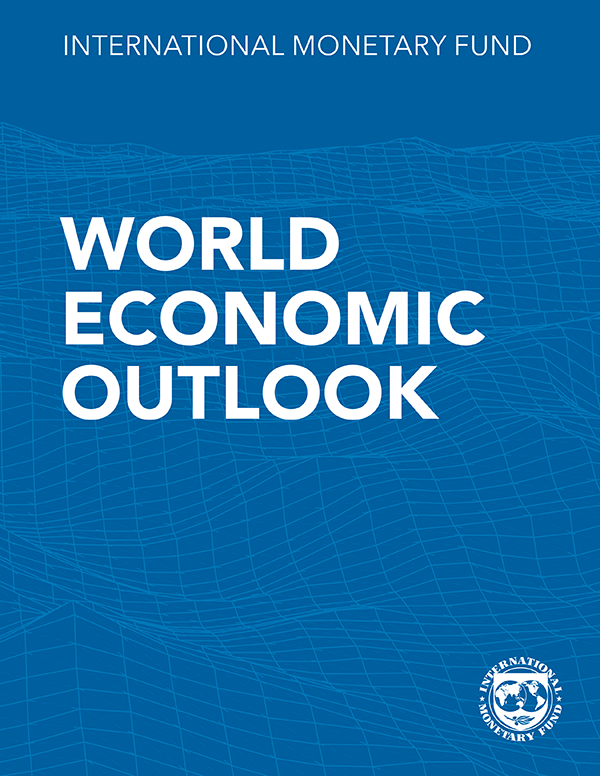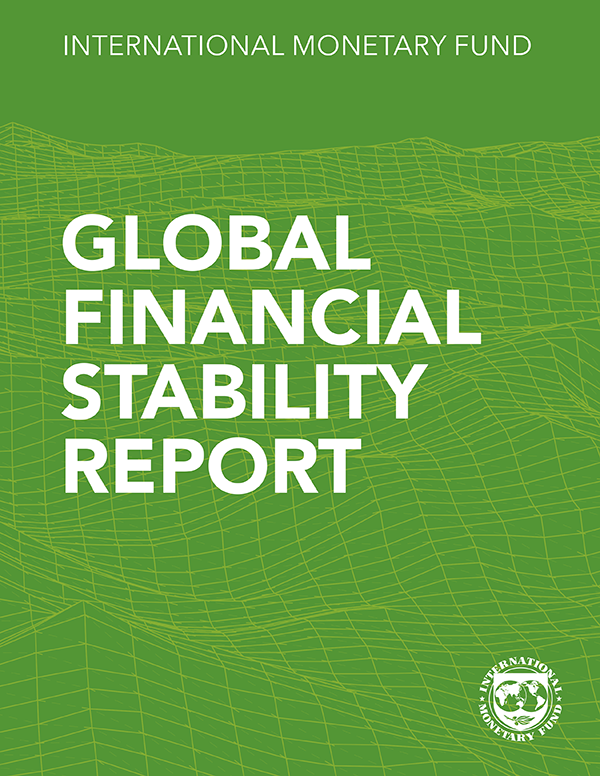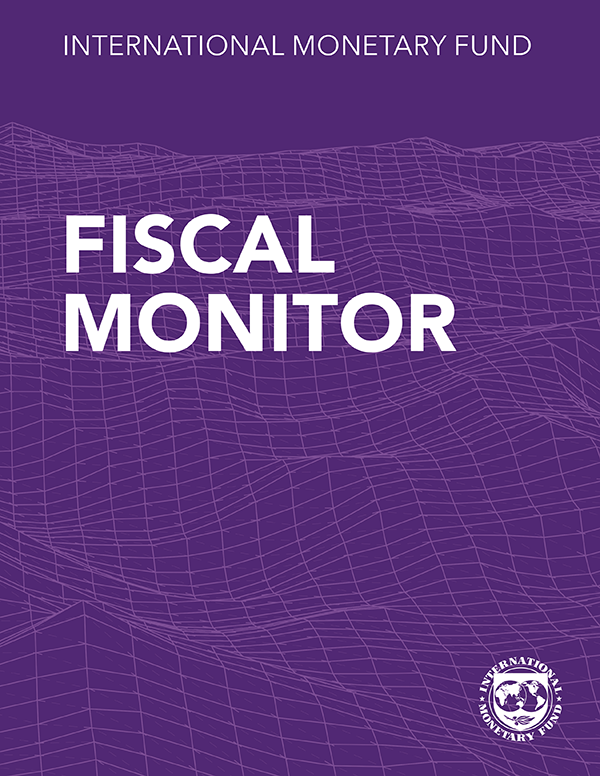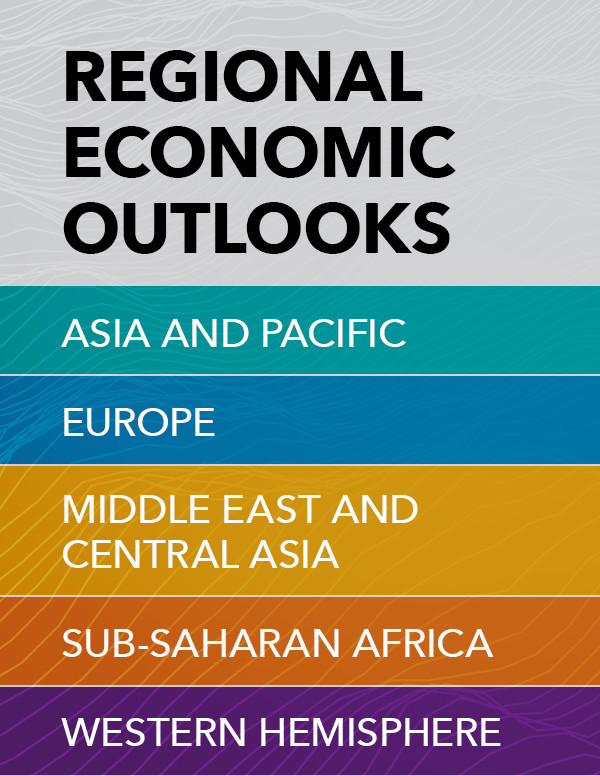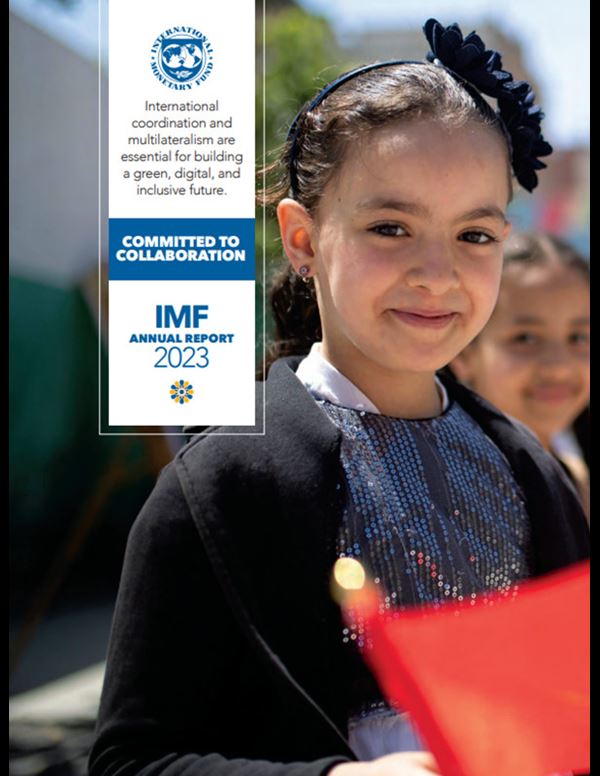-
About
-
FACTSHEETS
RESOURCES
-
-
Research
-
Flagship Publications
Other Publications
-
-
Countries
-
IMF reports and publications by country
Regional Offices
-
-
Capacity Development
-
News
-
All News
See Also
For Journalists
- IMFBlog
- Article IV Consultations
- Financial Sector Assessment Program (FSAP)
- Seminars, Conferences, & Other Events
- E-mail Notification
Press Center
The IMF Press Center is a password-protected site for working journalists.
- Login or Register
- Information of Interest
-
-
Videos
-
Data
-
-
Publications
-








